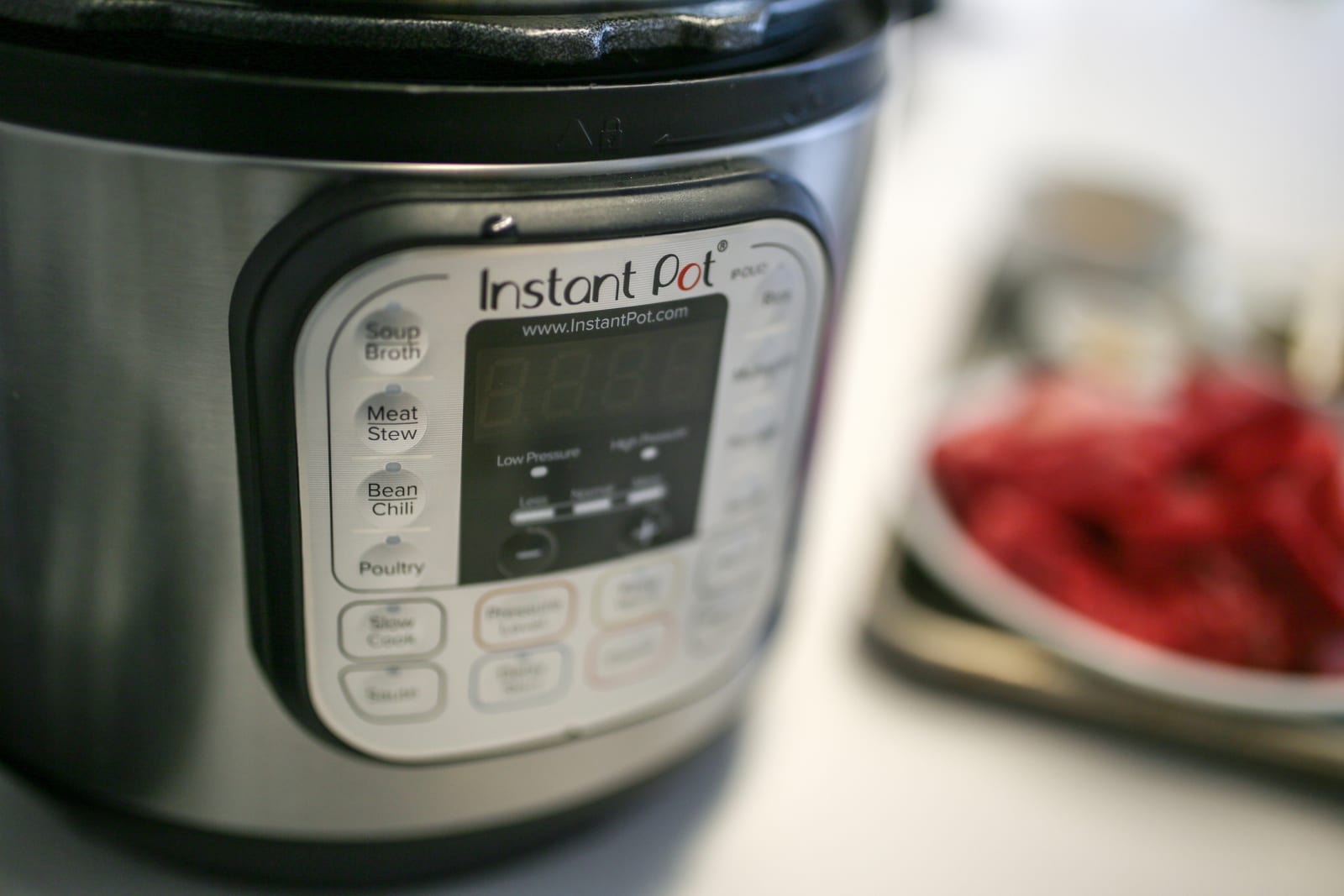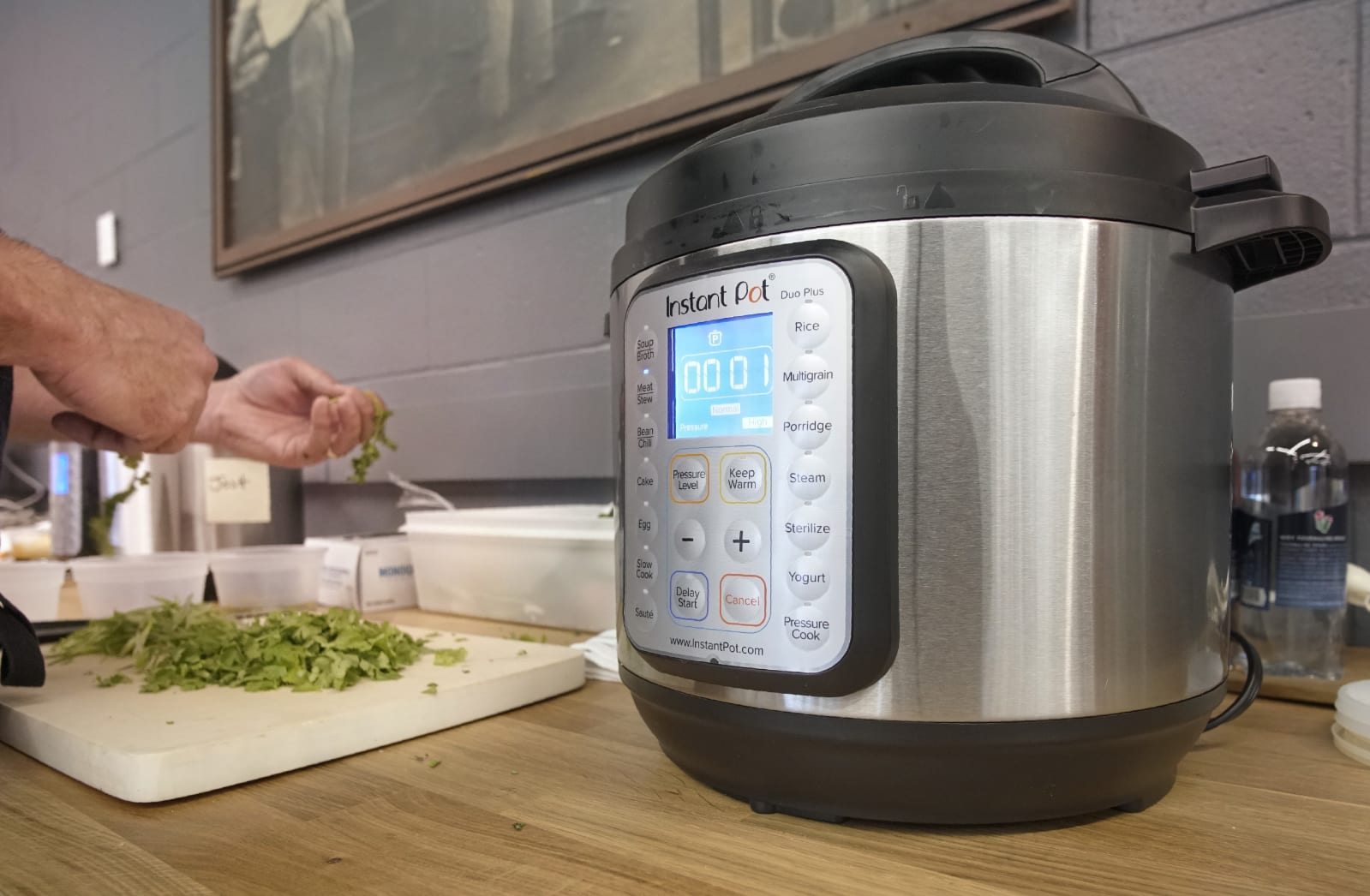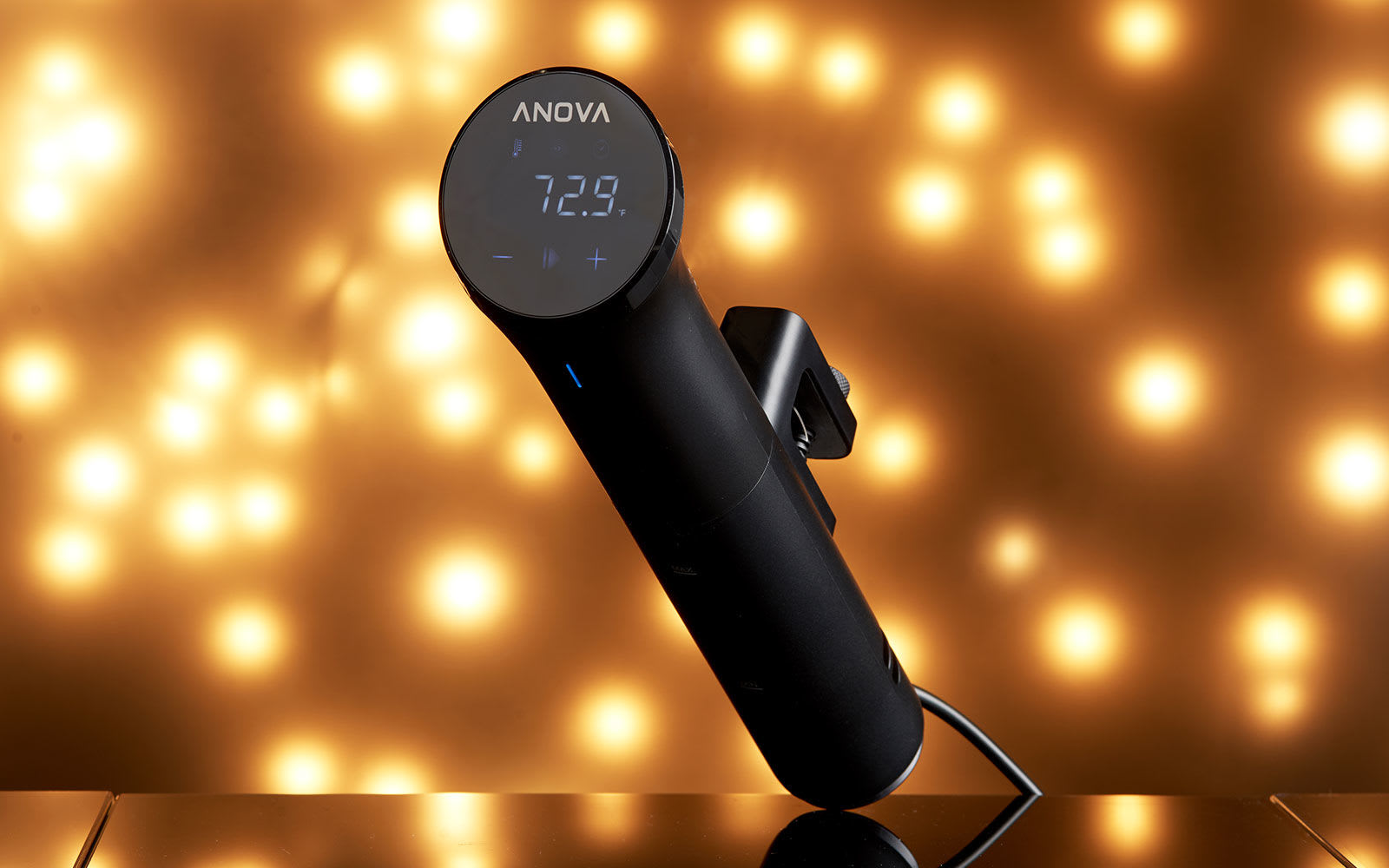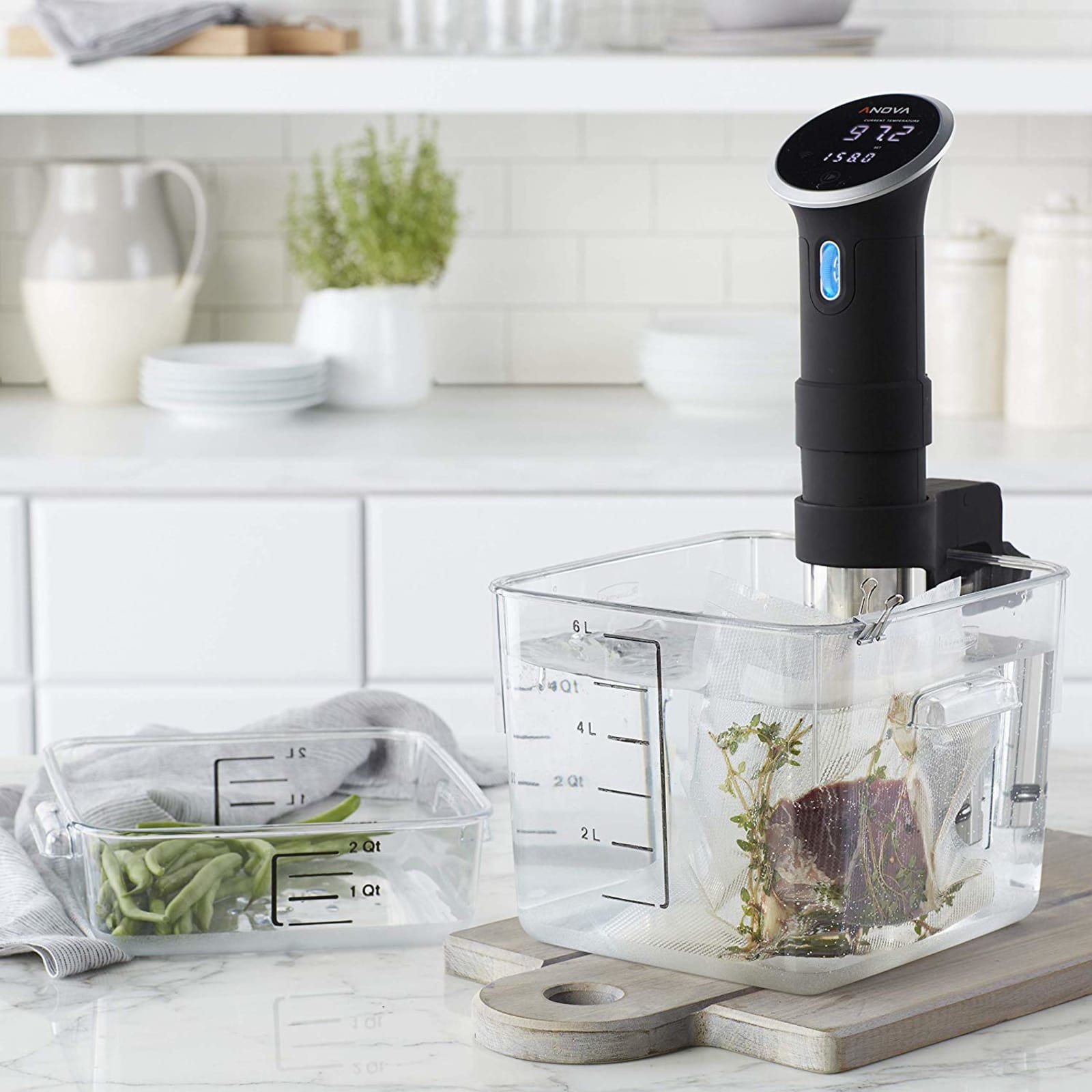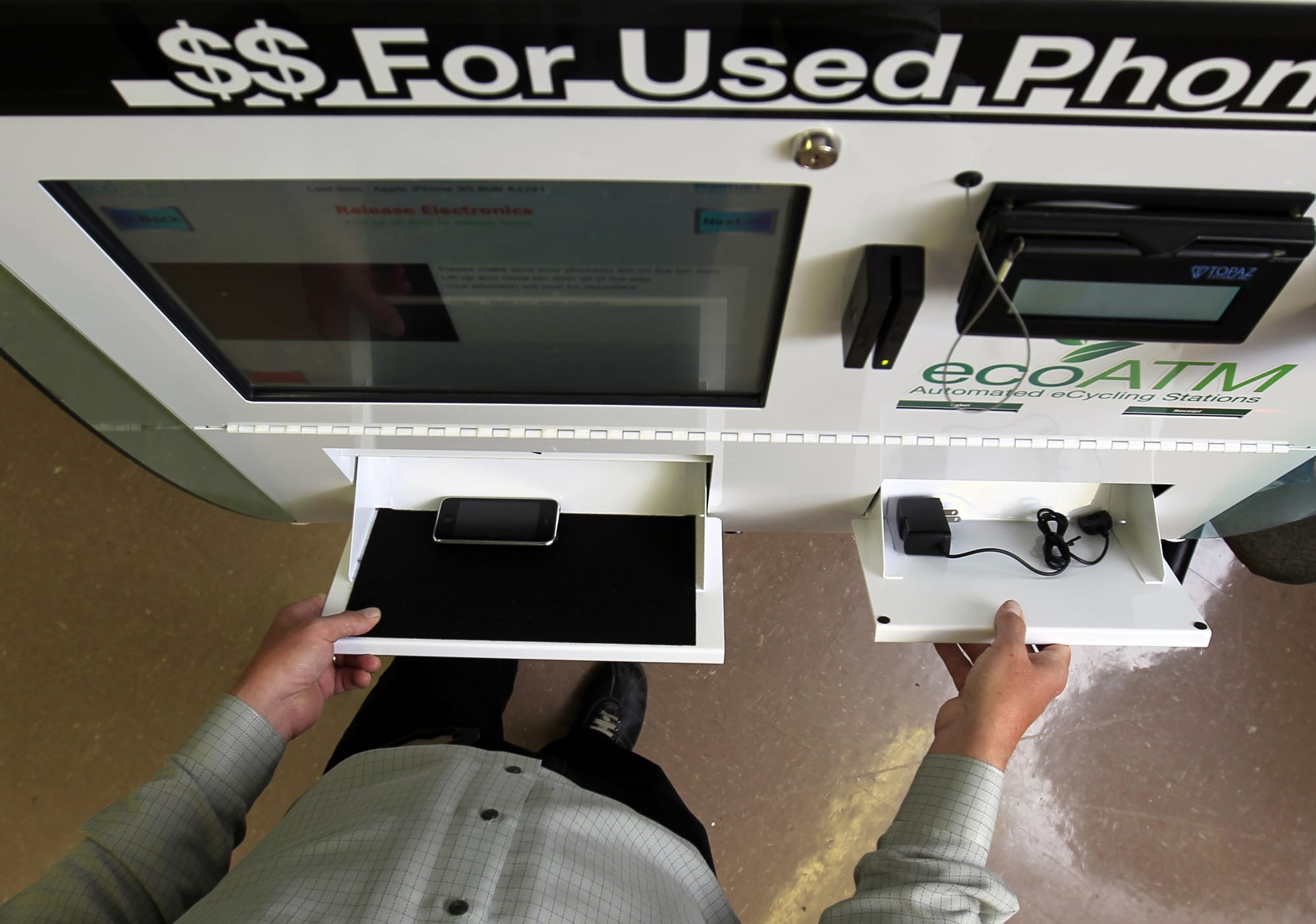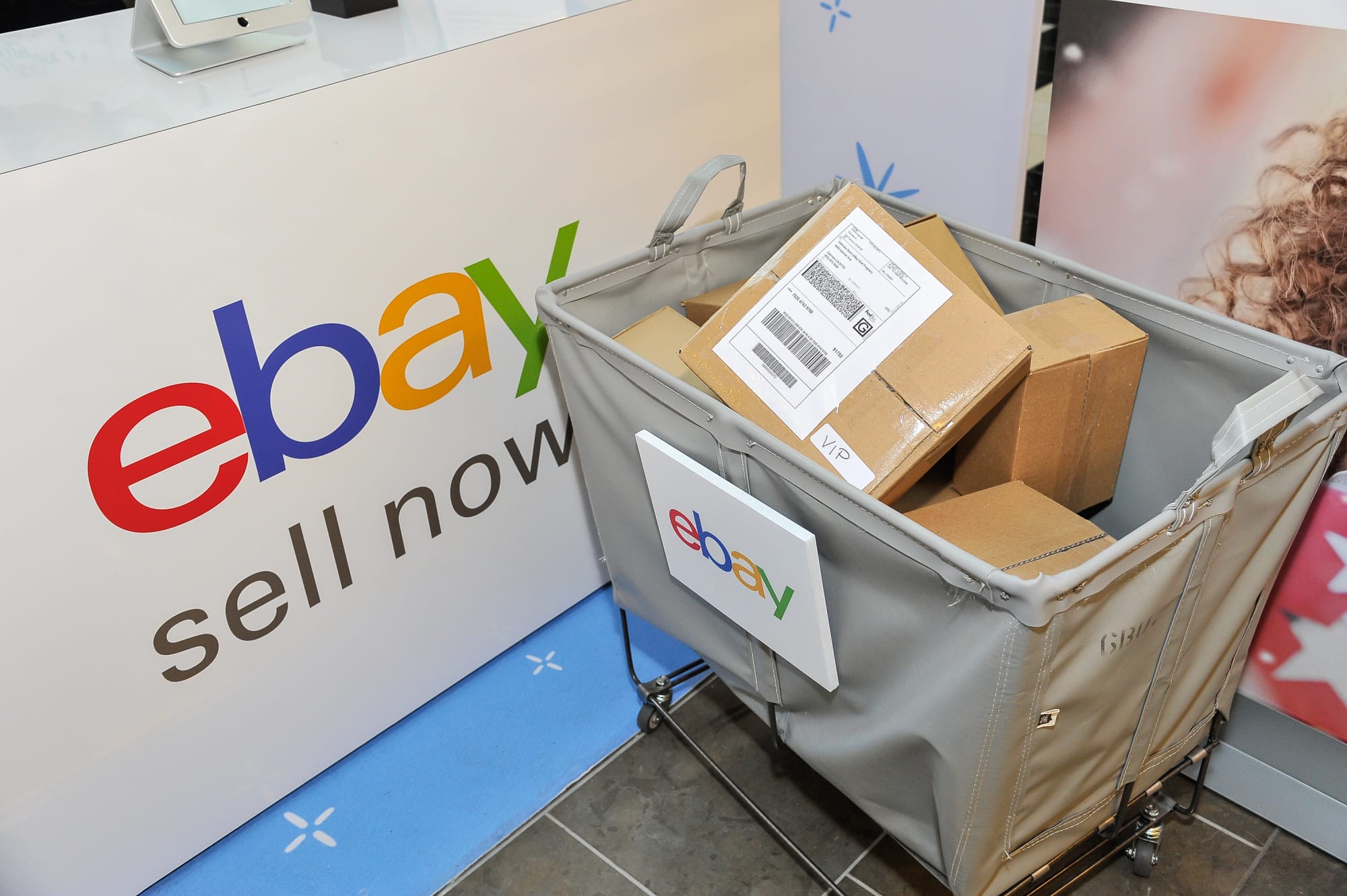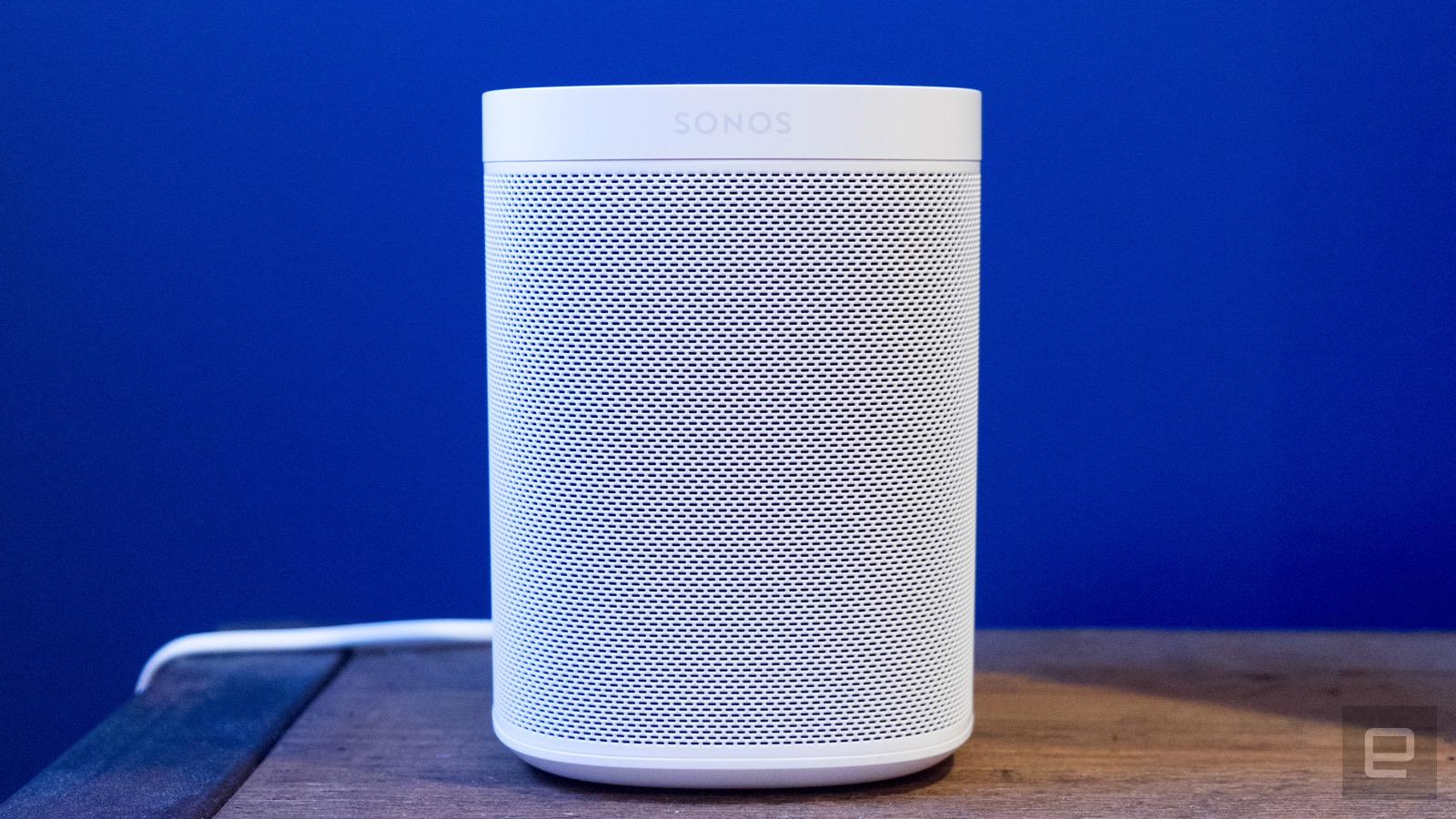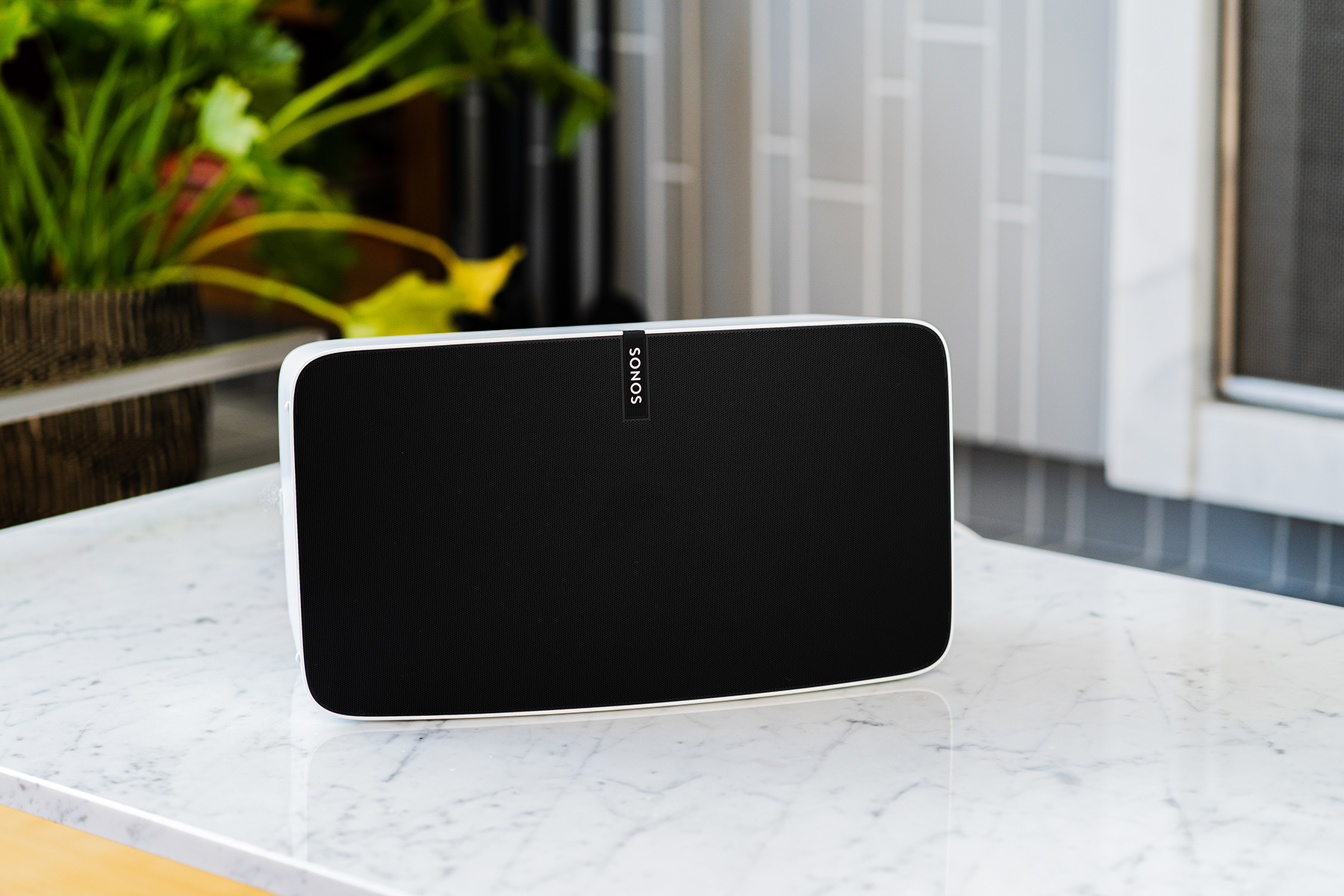The best wireless headphones for 2023
Over-ear, noise-canceling headphones typically offer the most comprehensive set of features we want for our listening pleasure. The best of these options combine stellar sound quality with powerful active noise cancellation (ANC) and other handy tools, like a reliable Bluetooth connection, to create as complete a package as possible. Of course, some companies do this better than others. At Engadget, we review a ton of Bluetooth headphones each year; for this guide, we tested out a number of different models with a variety of features, including noise cancellation, customization options and sound quality. Our favorites tick all of the most important boxes we'd expect quality wireless headphones to check, plus they span a range of prices so you can decide how much you’re comfortable spending.
Finding the best Bluetooth headphones: What to look for
When it comes to shopping for a good pair of wireless headphones, the first thing you’ll need to decide on is wear style. Do you prefer on-ear or over-ear headphones? For the purposes of our buyer’s guide, we focus on the over-ear style as that’s what most noise-canceling headphones are nowadays. Sure, you can find on-ear models with ANC, but over-ear designs are much more effective at blocking sound. Speaking of noise cancellation, you’ll want to determine early on if you even want that. If you frequently crank up the beats in noisy environments, you’ll want to not only make sure it’s there, but also make sure it’s good. If you plan to use your new headphones in quieter spaces, skipping ANC can save you some money.
The next area to consider is features. We recommend trying to get the most bang for your buck, but as you’re shopping around you should determine which items are must-haves and what you can live without. And don’t take basic things like automatic pausing and Bluetooth multipoint connectivity for granted, as not all companies include them. We also suggest reading reviews to see how well a company’s more advanced features work. This will help you decide if those are something you’re willing to (likely) pay extra for. Pay close attention to battery life estimates and don’t be easily swayed by lofty promises about call quality.
Sound can be subjective, so we recommend trying before you buy if at all possible. We understand this isn’t easy at a time when we’re doing most of our shopping online. But trying on a set of headphones and listening to them for a few minutes can save you from an expensive case of buyer’s remorse. We also recommend paying attention to things like Spatial Audio, Dolby Atmos, 360 Reality Audio and other immersive formats. Not all headphones support them, so you’ll want to make sure a perspective pair does if that sort of thing excites you.
How we test wireless headphones
The primary way we test headphones is to wear them as much as possible. We prefer to do this over a one- to two-week period, but sometimes embargoes don’t allow it. During this time, we listen to a mix of music and podcasts, while also using the earbuds to take both voice and video calls. Since battery life for headphones can be 30 hours or more, we drain the battery with looping music and the volume set at a comfortable level (usually around 75 percent). Due to the longer battery estimates, we’ll typically power the headphones off several times and leave them during a review. This simulates real-world use and keeps us from having to constantly monitor the process for over 24 straight hours.
To judge the best Bluetooth headphones, we consider audio quality by listening to a range of genres, noting any differences in the sound profile across the styles. We also test at both low and high volumes to check for consistency in the tuning. To assess the quality of phone calls, we’ll record audio samples with the headphones’ microphones as well as have third parties call us.
When it comes to features, we do a thorough review of companion apps, testing each feature as we work through the software. Any holdovers from previous models are double checked for improvements or regression. If the headphones we’re testing are an updated version of a previous model, we’ll spend time getting reacquainted with the older set. Ditto for the closest competition for each new set of headphones that we review.
Best headphones overall: Sony WH-1000XM5
Sony’s 1000X line has been our top pick for best wireless headphone for a long time now. Until another company can pack in as many high-quality features as Sony, and do so with a mix of excellent sound quality and effective ANC, the crown is safe. With the WH-1000XM5, Sony redesigned its flagship headphones, making them way more comfortable to wear for long periods of time. We also noticed in our tests that the company made noticeable improvements to the active noise cancellation, thanks to a separate V1 chip in addition to the QN1 that was inside the M4. There are now eight total ANC mics as well – the previous model only had four. This all combines to better block background noise and high frequencies, including human voices.
The 1000XM5 still has all of the features that typically make Sony’s top-of-the-line headphones showstoppers. That includes 30-hour battery life and crisp, clear sound with balanced tuning and punchy bass. A combo of touch controls and physical buttons give you on-board access to music, calls and noise modes without reaching for your phone. Speak-to-Chat automatically pauses audio when you begin talking, and like previous Sony headphones, the M5 can change noise modes based on your activity or location. Plus, this model offers better call quality than most of the competition. The only real downside is that they’re $50 more than the WH-1000XM4 at full price ($400).
Noise cancellation: Yes
Multipoint: Yes
Battery life: 30 hours
Weight: 0.55 pounds
Water resistance: None
Read our full review of Sony WH-1000XM5 headphones
Runner up: Bowers and Wilkins Px7 S2
I’ll admit I didn’t expect Bowers & Wilkins to make the year's best headphones list, or even be in contention for a spot. However, the company’s revised Px7 headphones impressed me during my review. The Px7 S2 are pricey at $399, but Bowers & Wilkins pair impressive sound quality with solid ANC performance. In fact, the Px7 S2 are my favorite headphones right now in terms of sound. There’s also a more refined design that doesn’t look overly plasticky and the ear cups fit comfortably even after hours of use. Call quality, ambient sound and automatic pausing aren’t the best here, but they get the job done. At the end of the day, the design, sound quality and excellent noise cancellation make the Px7 S2 a strong pick in the current true wireless headphone field.
Noise cancellation: Yes
Multipoint: Yes
Battery life: 30 hours
Weight: 0.67 pounds
Water resistance: None
Read our Full Review of Bowers & Wilkins Px7 S2 Headphones
Best cheap headphones: Audio-Technica ATH-M20xBT
Audio-Technica has introduced affordable wireless headphones in the past, and while they didn’t offer active noise cancellation, they’re still worth considering. The company’s latest is the M20xBT, a Bluetooth version of the A-T’s popular M20x wired cans. For just $79, you can expect a comfy fit and up to 60 hours of battery life. Bluetooth multipoint connectivity allows you to connect to multiple devices at once and physical buttons provide reliable on-board control. The design isn’t as refined as the company’s pricer models like the M50xBT2, but you get the bulk of what makes Audio-Technica’s cheaper options so good.
Noise cancellation: No
Multipoint: Yes
Battery life: 60 hours
Weight: 1.42 pounds
Water resistance: None
Another solid option: Bose QuietComfort 45
The Bose 700 was one of our top wireless Bluetooth headphones last time around, but the company recently revived a workhorse with the QuietComfort 45. The design is mostly unchanged from the previous QC models, which could be a deal breaker for some. Once you get past that though, the QC45 combines Bose’s excellent active noise cancellation with clear and balanced audio. You can expect up to 24 hours of battery life on a single charge and a comfortable fit that doesn’t get tiresome during long listening sessions. We’ve already seen them on sale for $50 less than full price, which makes the QuietComfort 45 even more compelling.
Noise cancellation: Yes
Multipoint: No
Battery life: 24 hours
Weight: 0.96 pounds
Water resistance: None
Read our Full Review of Bose QuietComfort 45 Headphones
Another solid option: Technics EAH-A800
Back at CES 2022, Panasonic announced the EAH-A800: a new set of active noise canceling headphones under the iconic Technics brand. While most of the features are what you see on any number of wireless headphones, one figure stood out. The company says you can expect up to 50 hours of battery life on the A800, and that’s with active noise cancellation enabled. These are currently in my stable of review units for detailed analysis, but I have already tested them on a long flight. The ANC is impressive and they’re comfortable enough to avoid becoming a burden after several hours. Sound quality is also quite good (there’s LDAC support, too) and there are enough features here to justify the premium price tag.
Noise cancellation: Yes
Multipoint: Yes
Battery life: 50 hours
Weight: 0.65 pounds
Water resistance: None
Another solid option: Master and Dynamic MW75
While Master & Dynamic is known for its design prowess, the company’s over-ear headphones were due for a refresh. With the MW75 that debuted in June, the company opted for a look that takes cues from its MG20 gaming headset and mixes them with a combo of aluminum, leather and tempered glass. The company’s trademark sound quality returns with multiple ANC modes and ambient sound options for a range of situations. At $599, the high-end looks don’t come cheap, but if you’re looking for something beyond the pure plastic fashion of most headphones, M&D has you covered.
Noise cancellation: Yes
Multipoint: Yes
Battery life: 28 hours
Weight: 0.75 pounds
Water resistance: None
Another solid option: Sennheiser Momentum 4
I’ll be honest, I had a hard time choosing between the Px7 S2 and the Momentum 4 wireless headphones for the runner-up spot this time around. However, Bowers & Wilkins gets the edge in terms of design even though the Px7 S2 and the Momentum 4 are very evenly matched on great sound quality. They’re the two best-sounding sets of Bluetooth headphones I’ve tested this year – and it’s not even close. Sennheiser does have an impressive 60-hour battery life in its favor and improved ANC performance. Those two items alone might be enough for you to overlook the very generic design.
Noise cancellation: Yes
Multipoint: No
Battery life: 60 hours
Weight: 0.65 pounds
Water resistance: None
Read our Full Review of Sennheiser Momentum 4 Headphones
Other headphones we tested that didn't make the list
AirPods Max
Apple’s AirPods Max are premium, well-designed headphones that incorporate all of the best features you find on standard AirPods: solid noise cancelation, spatial audio and easy Siri access. However, their $550 starting price makes them almost prohibitively expensive, even for those with iOS devices. There are better options available at lower prices.
Sony WH-CH720N
The Sony WH-CH720N headphones are a decent option if you must have noise cancelation but can only spend so much. Even though the ANC struggles in certain environments, it’ll be good enough most of the time. Otherwise, these cans have decent sound quality and a comfortable design.
Beats Studio Pro
The Beats Studio Pro have a lot of noteworthy improvements like better ANC, sound quality and spatial audio. While they are better positioned to compete with the likes of Sony and Bose, they don’t quite knock any of our top picks off our list.
Bose QuietComfort Ultra
The Bose QuietComfort Ultra headphones are up there with some of the best wireless headphones we've reviewed this year. However, while the new Immersive Audio feature sounds great at times, it's inconsistent and actually makes some songs and albums worse. Bose certainly made improvements on these cans, namely in default sound tuning, clarity and warmth, but they're not enough to justify the QuietComfort Ultra's $429 price tag.
FAQs
How can you tell the quality of headphones?
I typically look at three factors: design, sound quality and features. In terms of design, I’m usually looking to see if the build quality of the headphones feels cheap and plasticky. Plenty of companies use plastic, but they can do so in a way that doesn’t look or feel like budget models. For sound quality, I want to hear a nice, even tuning where highs, mids and lows are all well represented. No overly boomy bass or scooped out mids. I also want good clarity where you can pick up fine details and an open, immersive soundstage. Features is typically a distant third, but if a company doesn’t cover basic functionality (automatic pausing, transparency mode, multipoint Bluetooth, etc.) it can be an indication of overall quality.
How do I choose the best quality headphones?
“Best” can be pretty subjective, but I always recommend going to a place where you can listen to the headphones you’re thinking about buying before you commit. Sometimes this isn’t possible, so you’ll want to check return policies. I also recommend doing some research to determine what your priorities are in a new set. Are you an audiophile who wants the best sound quality? Is powerful active noise cancellation (ANC) the most important? Would you rather have conveniences like automatic pausing?
Which brand has the best headphones?
Sony consistently tops our list with its 1000X line. This is mostly due to the combination of sound quality, ANC performance and the truckload of features these headphones pack in. I’ll be the first to tell you that there are better sounding options and other companies, like Bose, offer more effective noise cancellation. But when you add everything up, no one comes close to the full slate of tools Sony puts in its premium headphone line.
Do expensive headphones sound better?
Exorbitant price tags don’t mean better audio quality. Bowers & Wilkins’ headphones are on the high end for wireless noise-canceling models and they sound amazing. However, Audio-Technica’s M50xBT2 is much more affordable and doesn’t have ANC, but these headphones have a warm, natural sound profile that I find very inviting. At the end of the day, it will come down to personal preference, but you don’t need to spend a lot to find great headphones.
This article originally appeared on Engadget at https://www.engadget.com/best-headphones-wireless-bluetooth-120543205.html?src=rss

